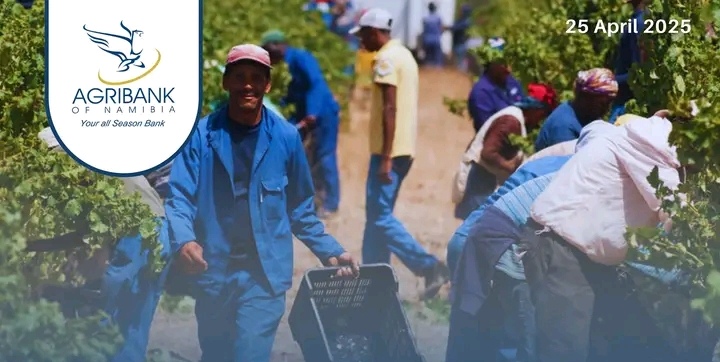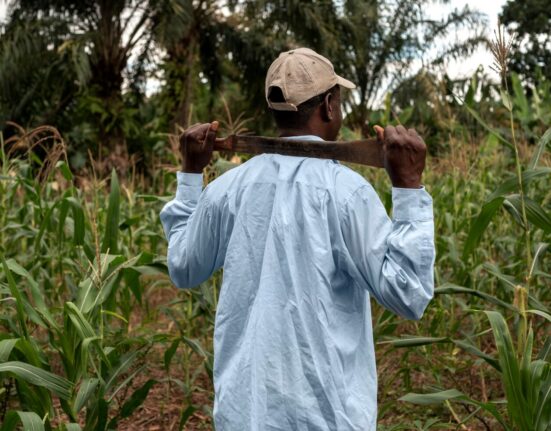Crop Management Planning Urged to Boost Yields and Mitigate Risks in Namibia. As Namibia continues its efforts to ensure national food security, farmers are being encouraged to adopt structured crop management plans to maximize yields and reduce losses caused by pests and climate variability. This call comes amid encouraging rainfall and the approaching maturity of staple crops like maize and mahangu.
According to Hanks Saisai, Technical Advisor on Crops and Poultry at Agribank, the development and implementation of crop management plans are increasingly vital for agricultural productivity. A crop management plan, Saisai explains, is a detailed guide that outlines the full crop production process—from planting through to harvesting. It enables farmers to prepare adequately for soil and water requirements, pest control, crop nutrition, and storage.
Saisai stresses that without a crop management plan, farmers risk lower productivity and increased exposure to threats such as armyworm and locust outbreaks. The planning process should begin with soil testing and seed selection, ensuring that the crops chosen align with the local climate and soil conditions.
During the growing phase, irrigation, fertilization, and weeding schedules must be strategically outlined. For example, crops may require irrigation twice daily during summer months, and fertilizers must deliver essential nutrients such as nitrogen, potassium, and magnesium.
Scouting is also critical. Farmers must regularly monitor for pests and diseases and apply the appropriate agrochemicals in time. Techniques such as intercropping and the use of organic repellents are also highlighted.
The final phase of any plan—harvesting and storage—must ensure proper post-harvest handling. Clean storage facilities and timely transport are crucial to maintaining crop quality and market value.
Saisai concludes that crop management planning contributes to increased productivity, cost efficiency, and long-term sustainability, offering farmers a roadmap to improved planning and economic stability.
Join 'Namibia Today' WhatsApp Channel
Get the breaking news in Namibia — direct to your WhatsApp.
CLICK HERE TO JOIN









